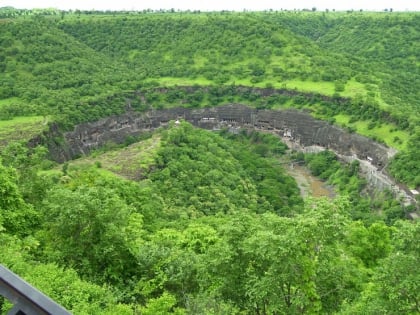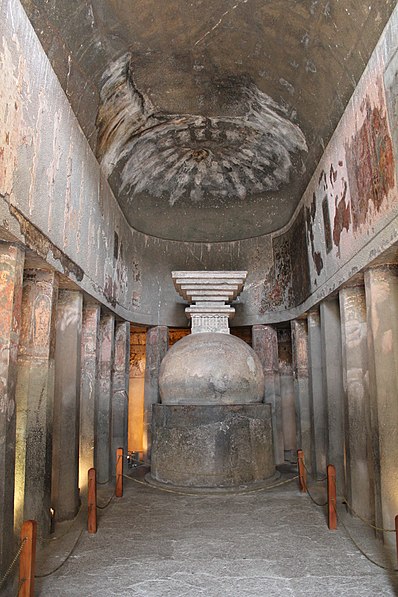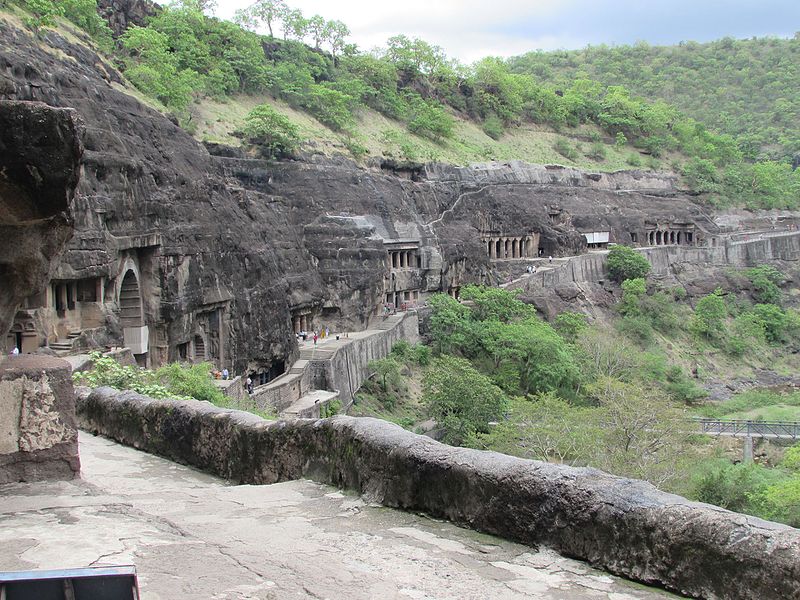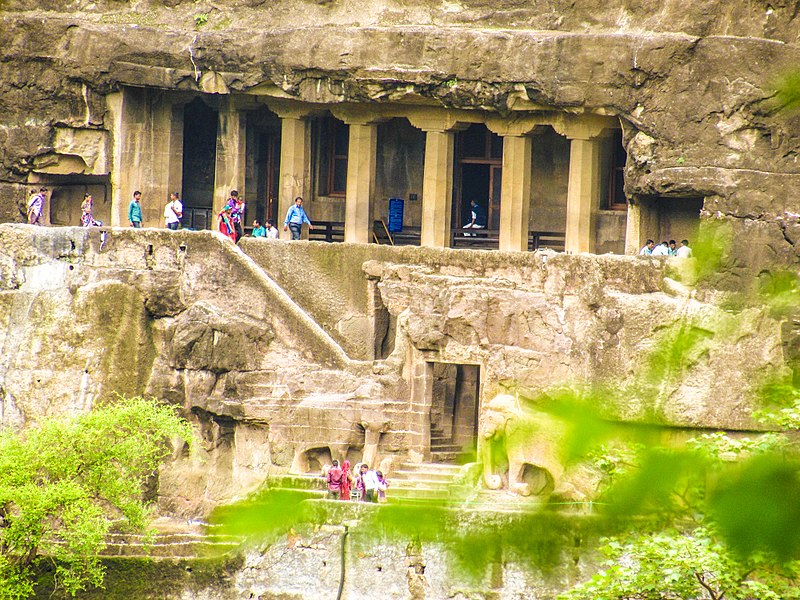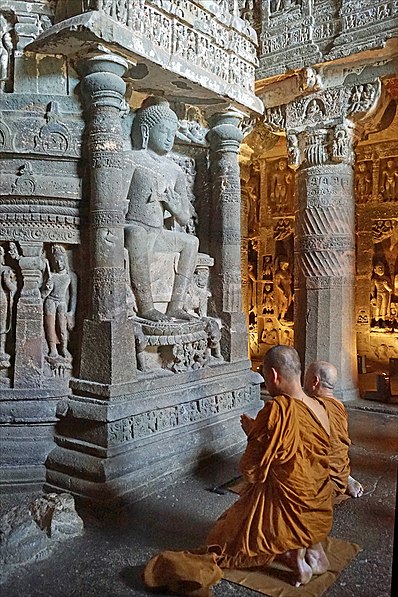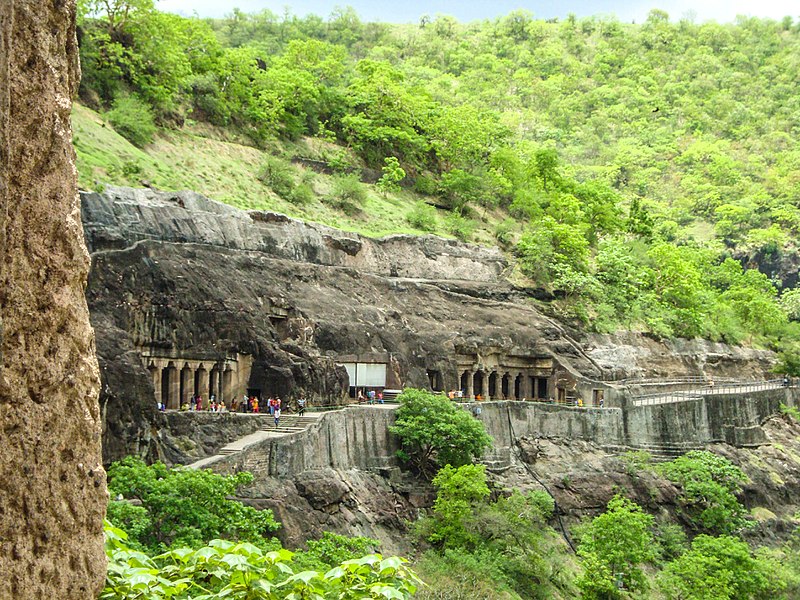Ajanta Caves
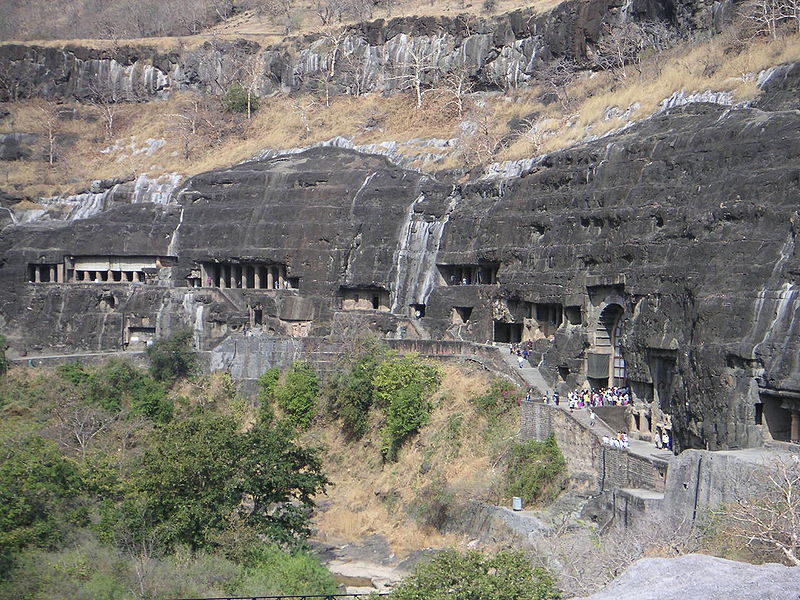
Facts and practical information
Nestled in the heart of the Sahyadri hills in the Aurangabad district of Maharashtra, India, the Ajanta Caves unravel a breathtaking spectacle of ancient Buddhist art and architecture. This remarkable complex, comprising around 30 rock-cut Buddhist cave monuments, dates from the 2nd century BCE to about 480 CE and is celebrated for its exquisite murals and sculptures that are considered masterpieces of Buddhist religious art.
The caves were carved into the sheer face of a horseshoe-shaped cliff and are a harmonious blend of religious fervor and artistic prowess. They were used by Buddhist monks as prayer halls (chaitya-grihas) and monasteries (viharas) for study, meditation, and living quarters. The caves are adorned with intricate paintings that depict the life of the Buddha and various Jataka tales, stories of the Buddha's previous lives. The art is not only a reflection of the religious significance but also an invaluable glimpse into the past, revealing insights about the culture, attire, and lifestyle of the time.
Discovered by a British hunting party in 1819, the Ajanta Caves have since been an archaeological marvel attracting scholars, historians, and tourists alike. The caves were designated as a UNESCO World Heritage Site in 1983, recognizing their outstanding universal value. Today, visitors can marvel at the well-preserved frescoes and sculptures, which have survived the ravages of time due to the cave's isolation until their rediscovery.
Maharashtra
